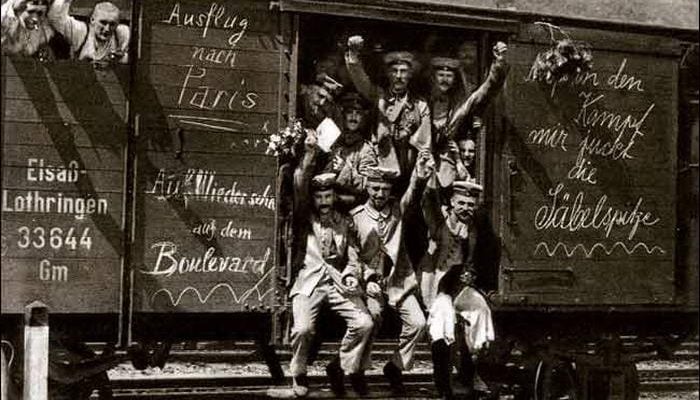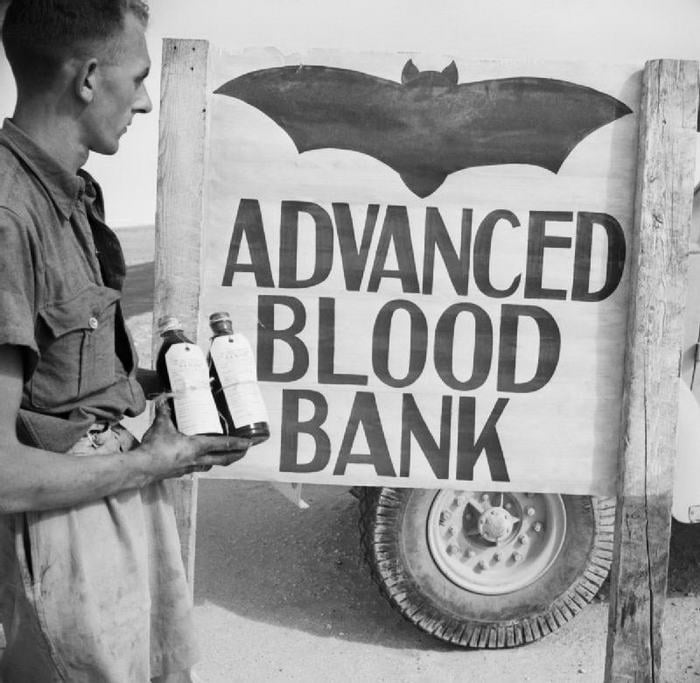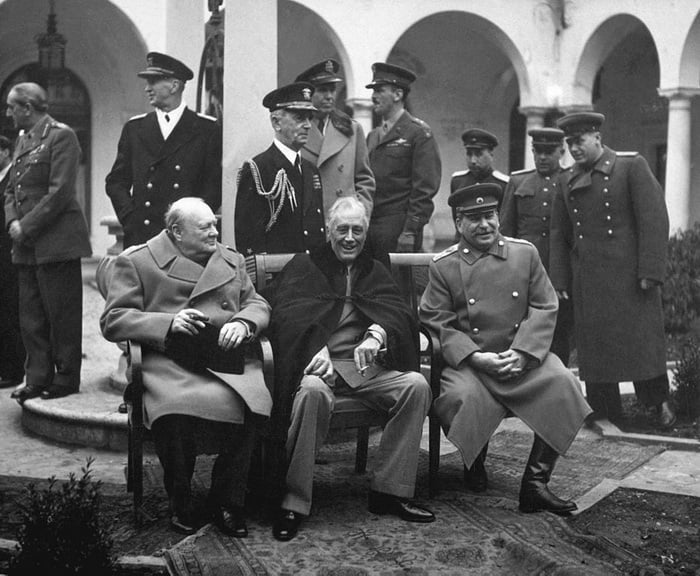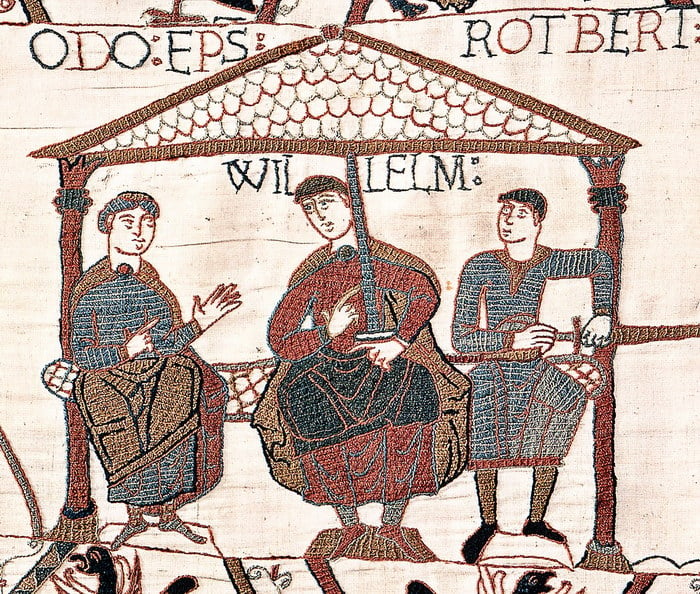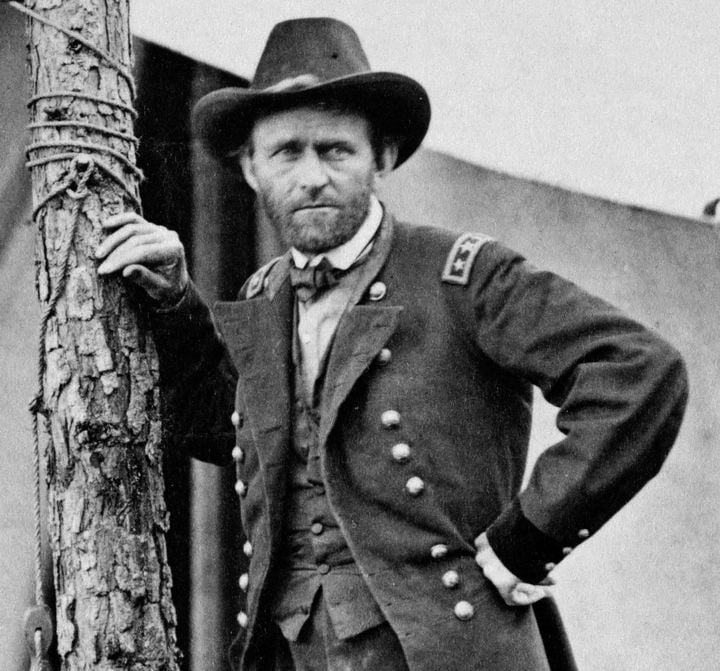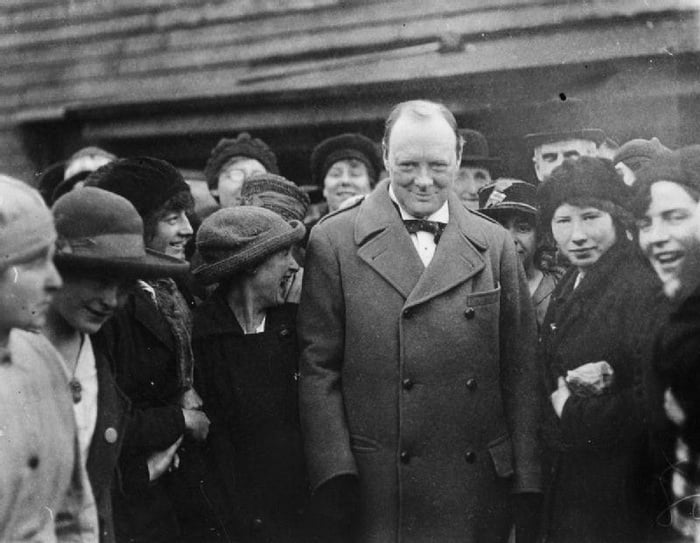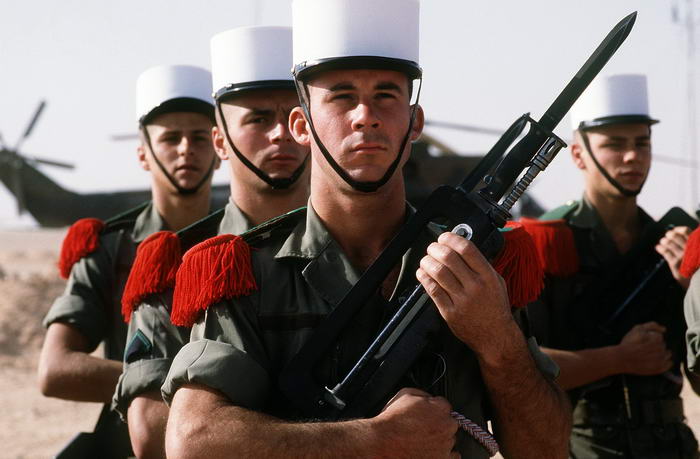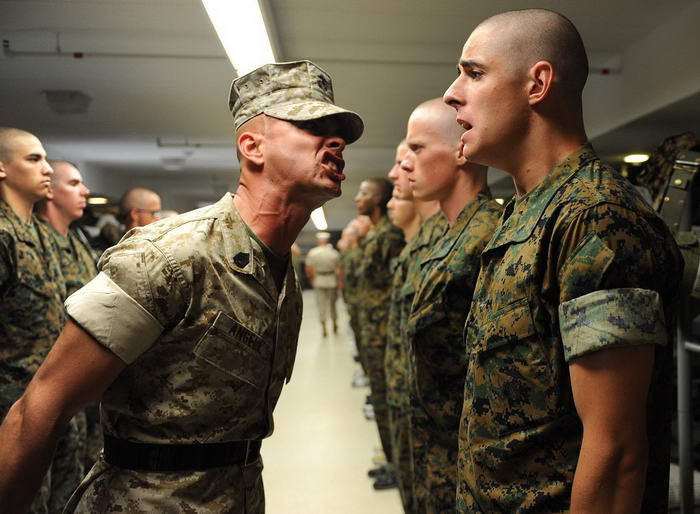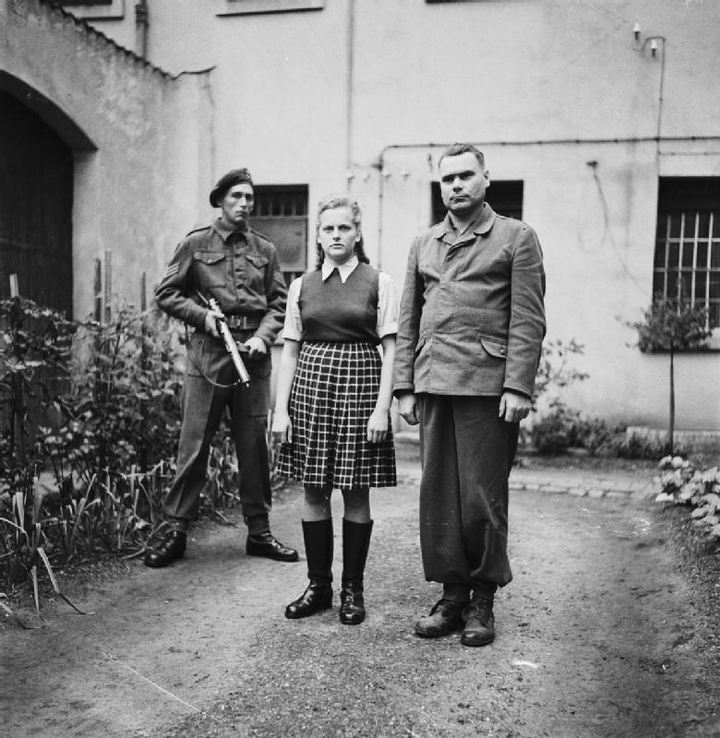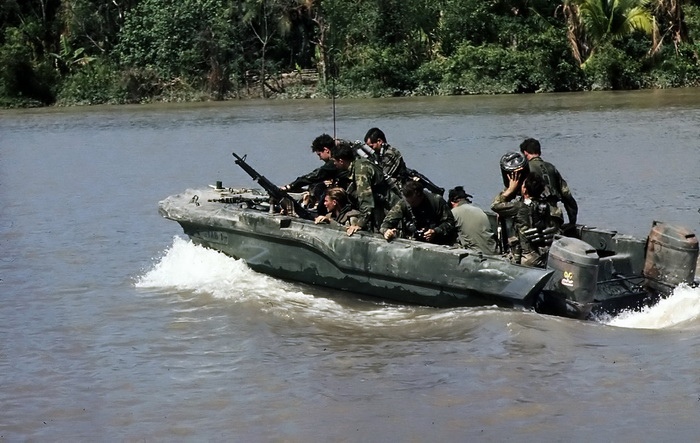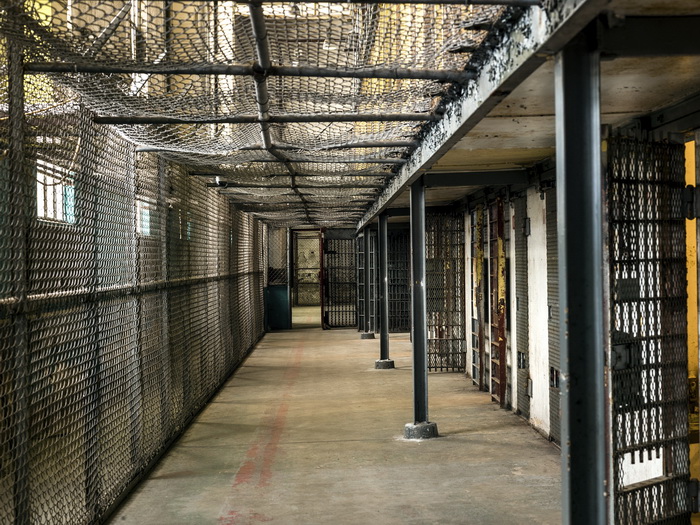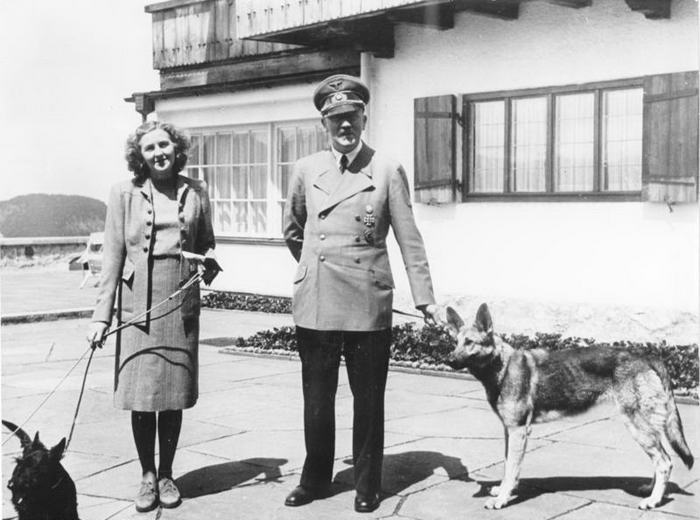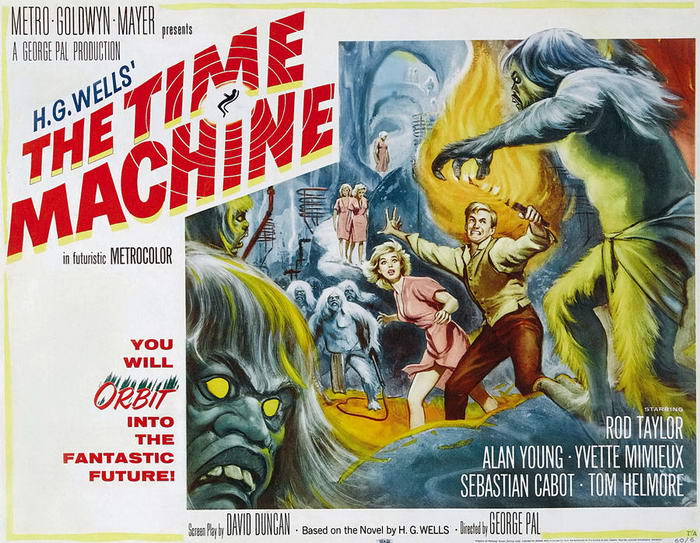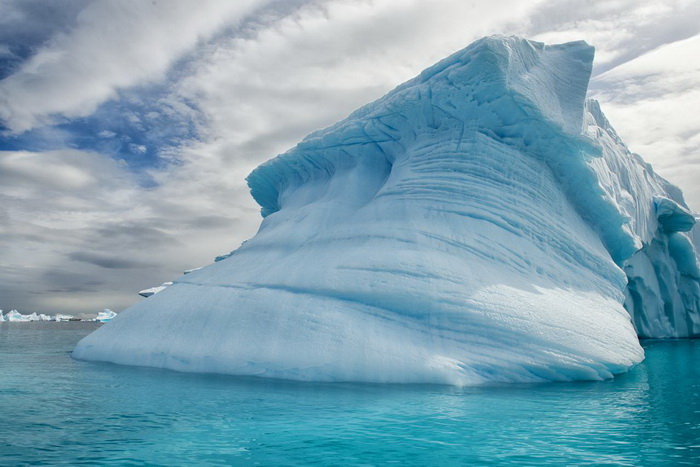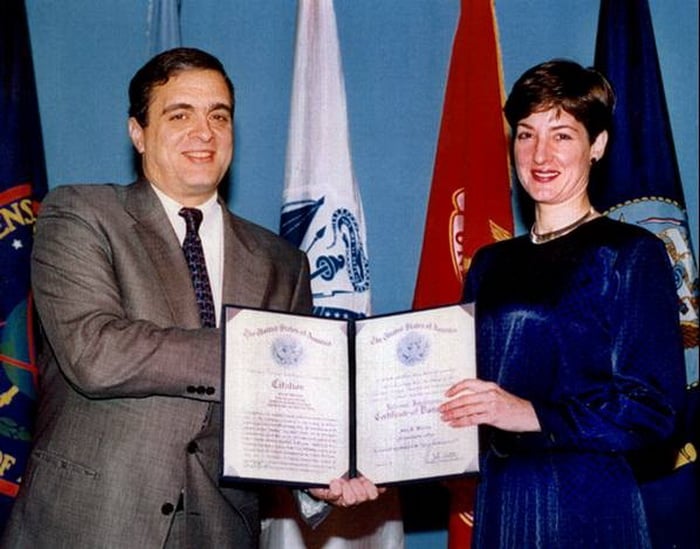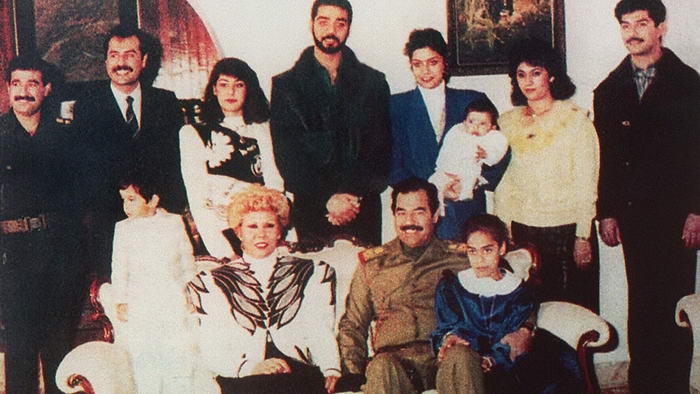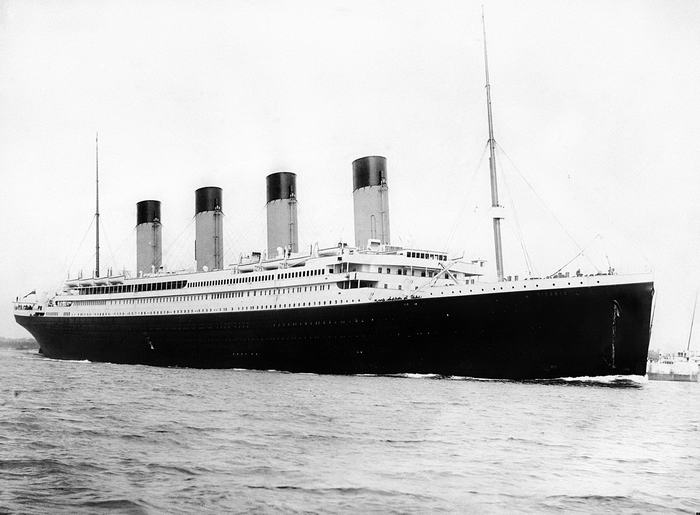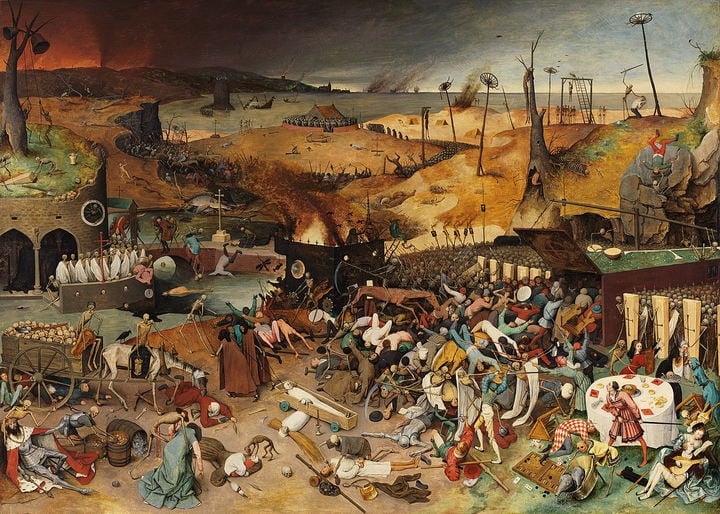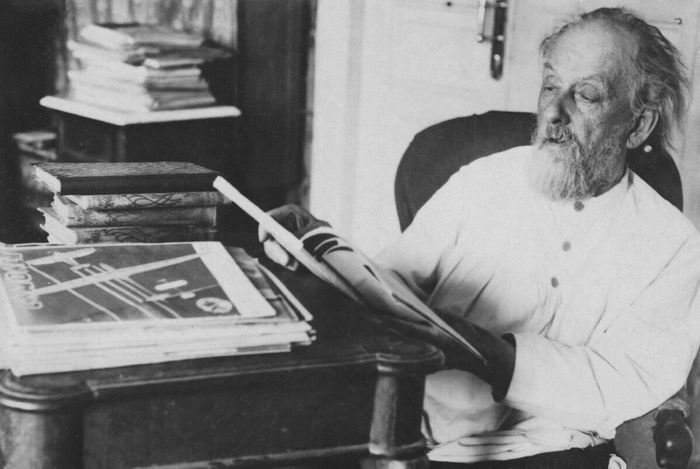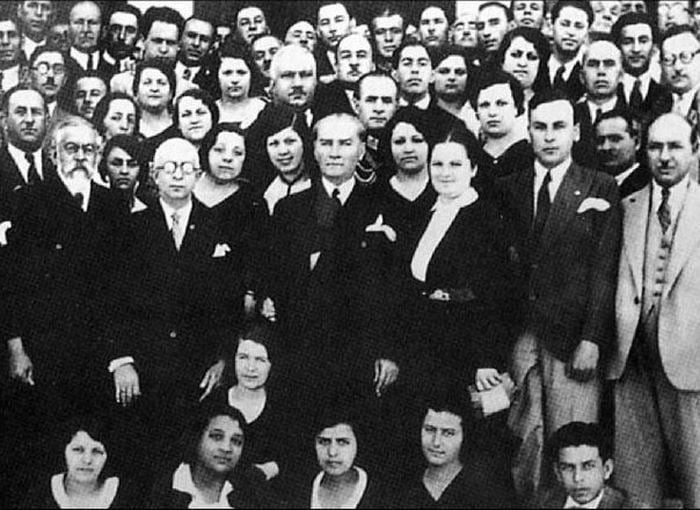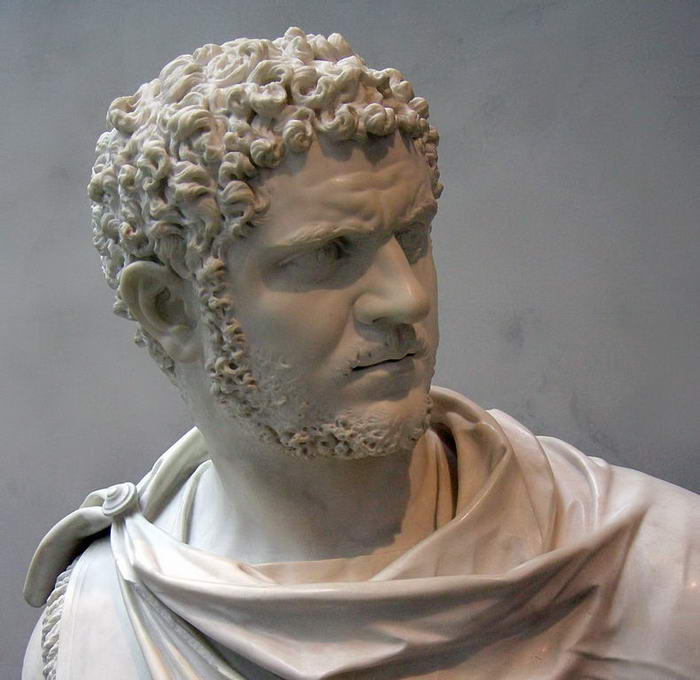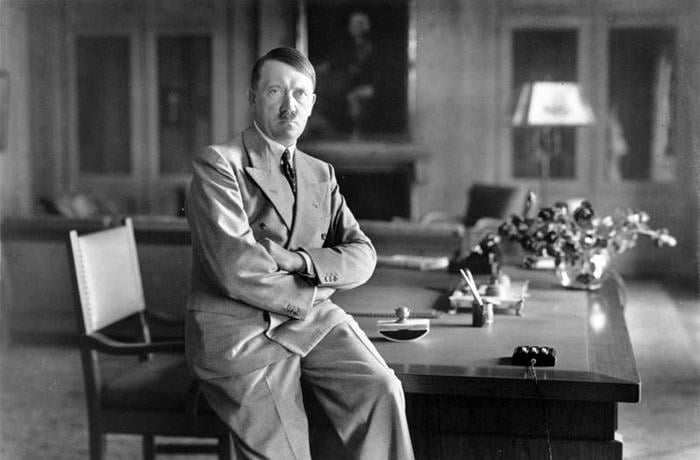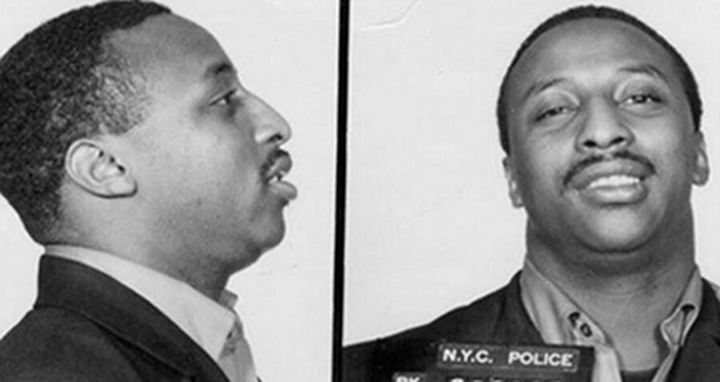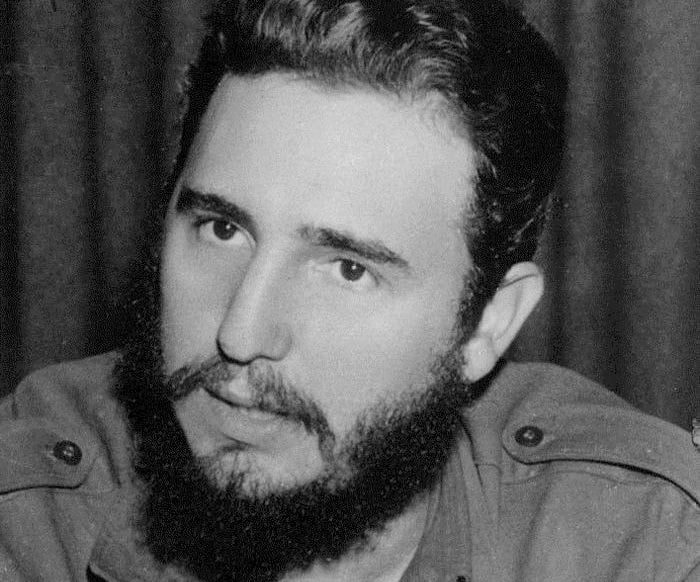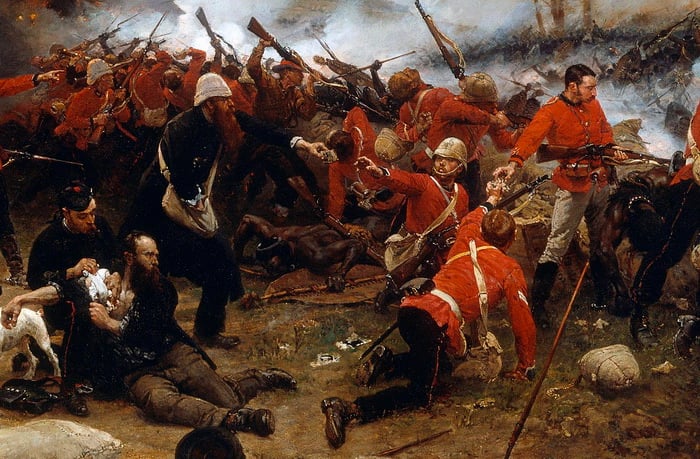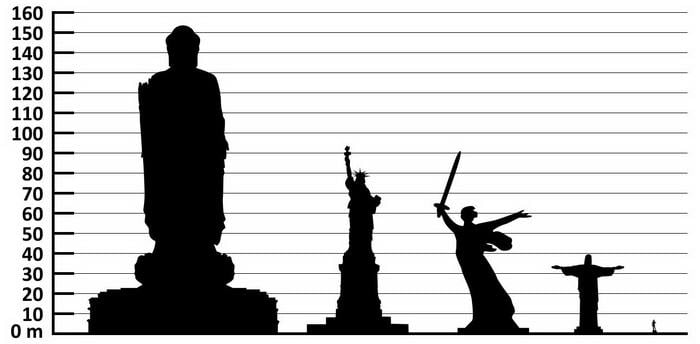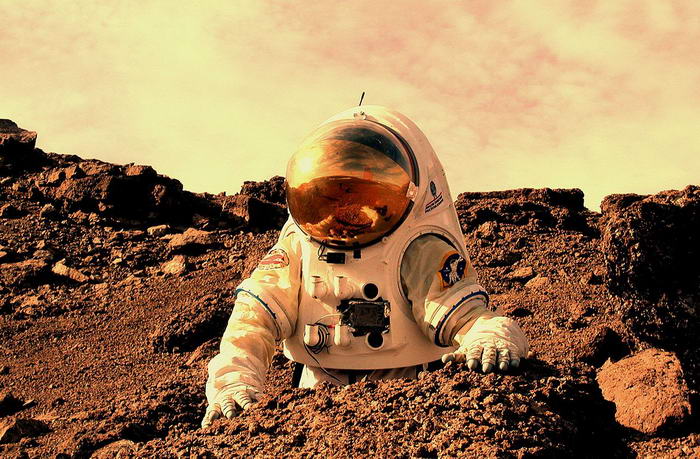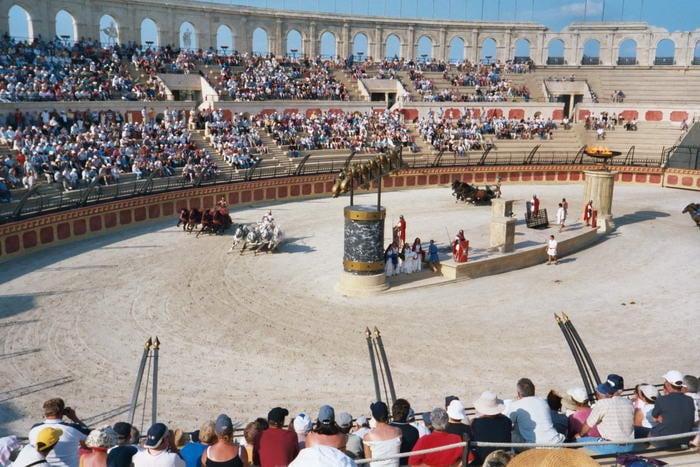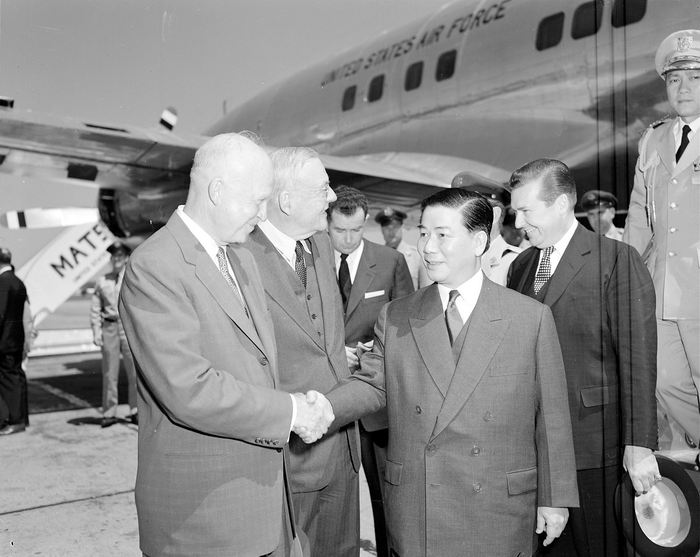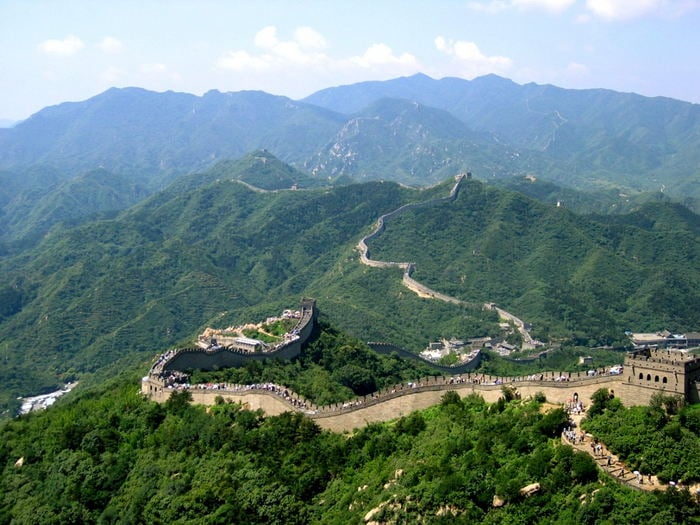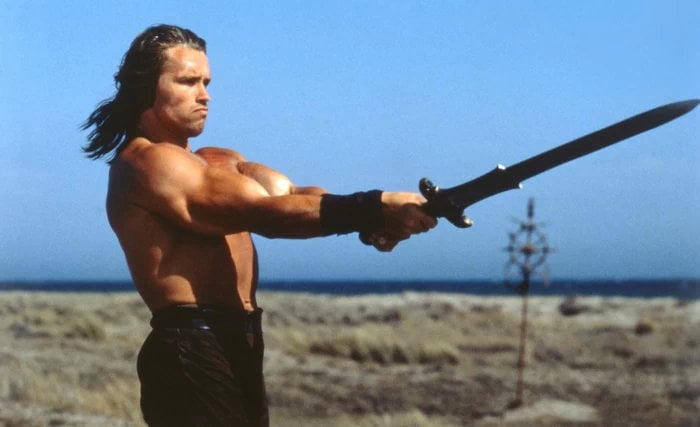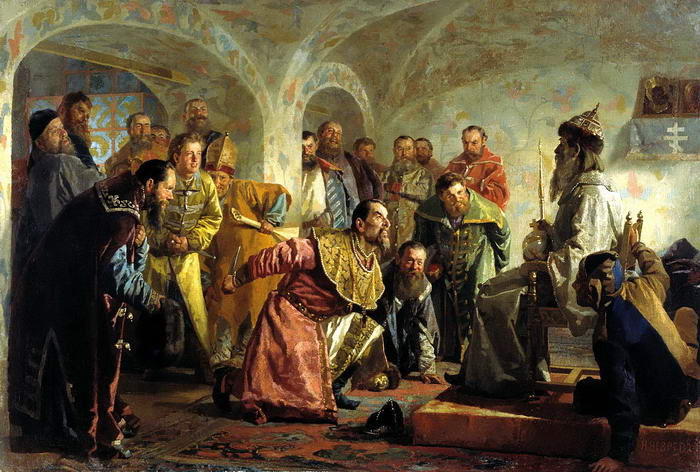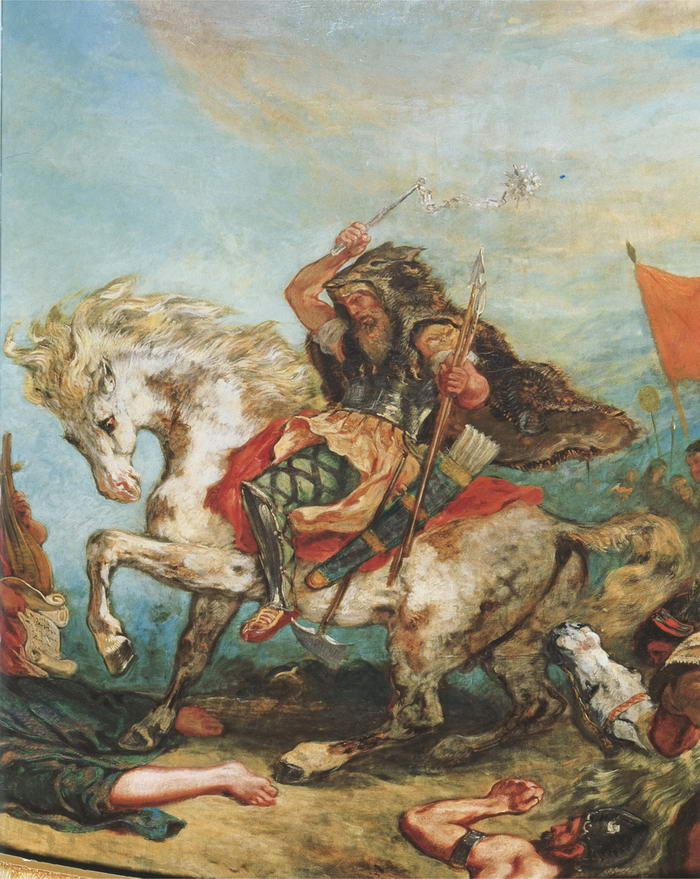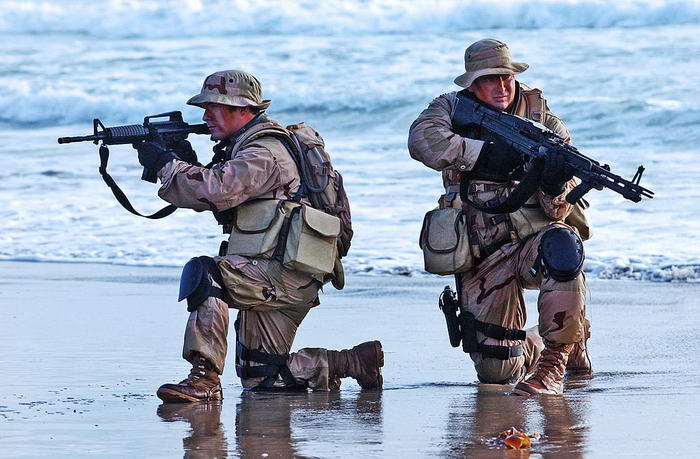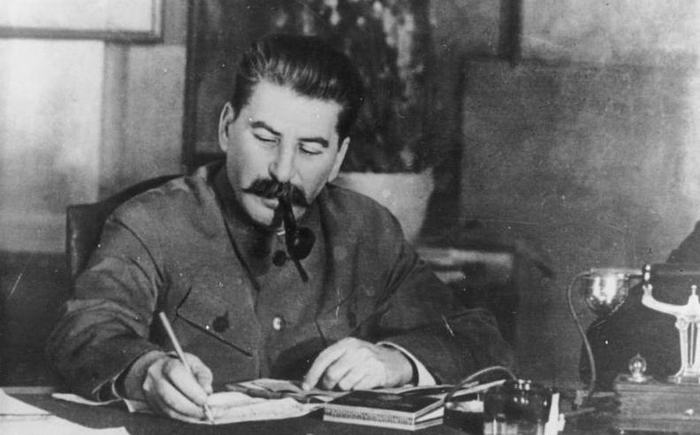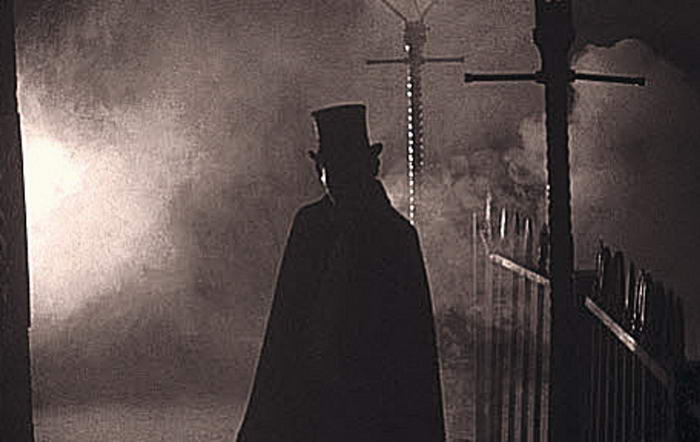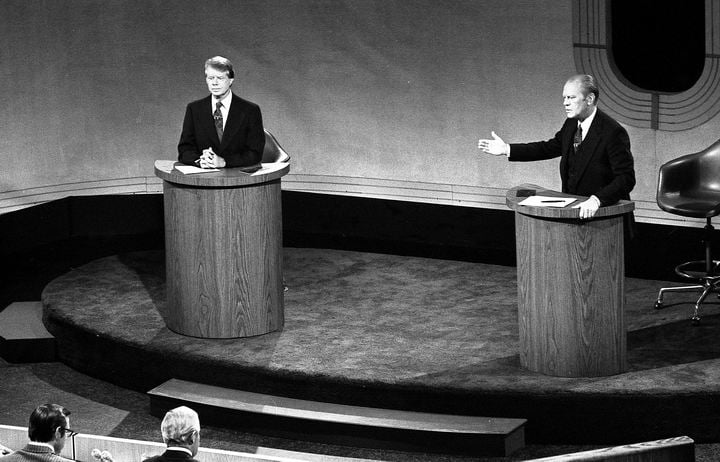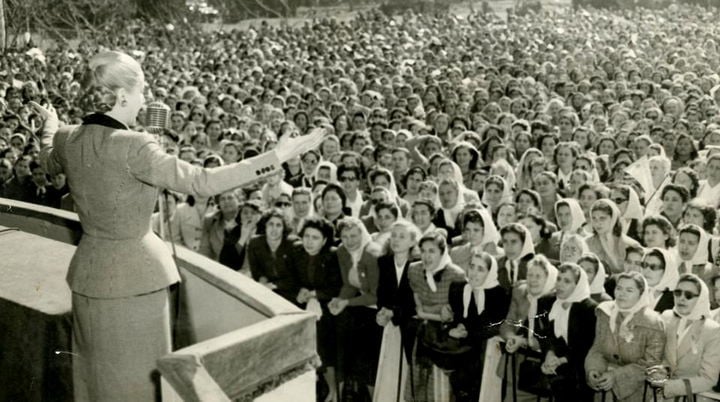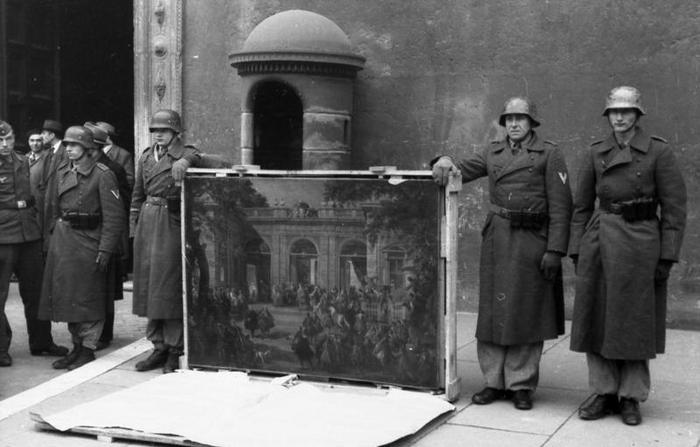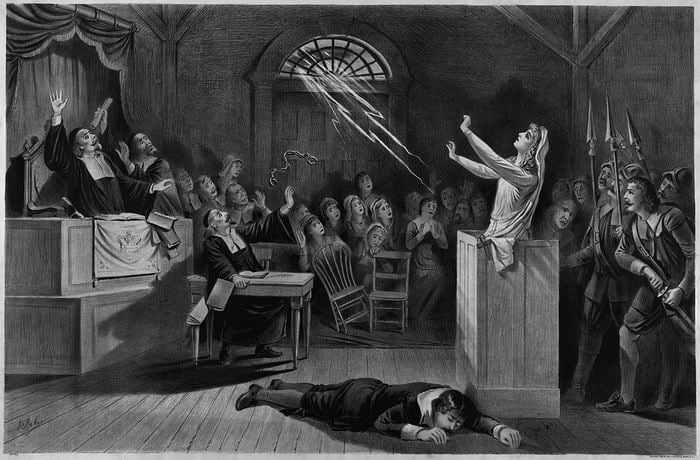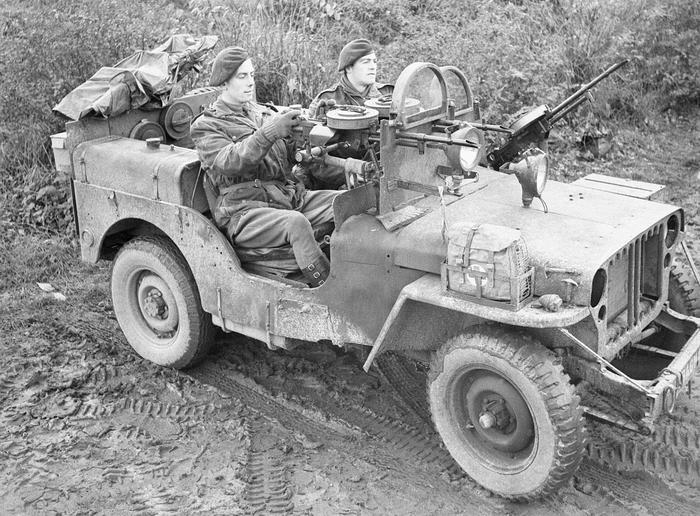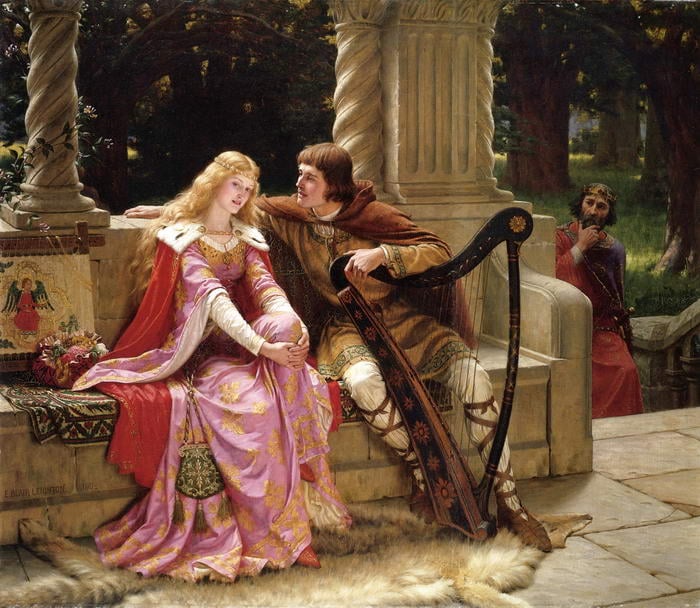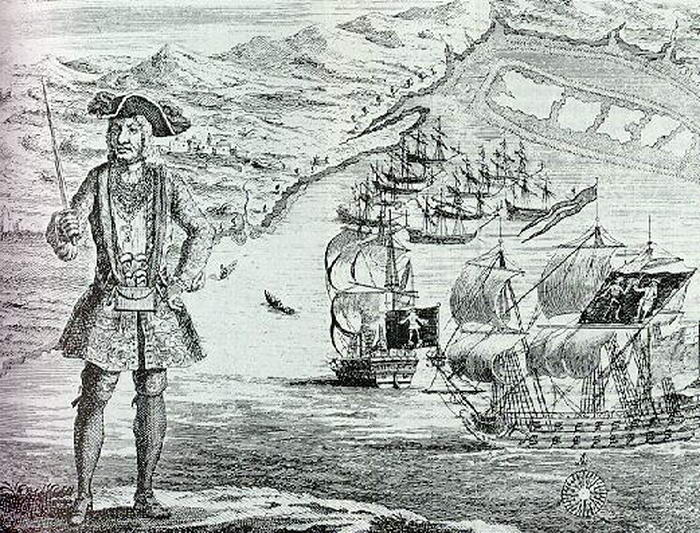World War I, often overshadowed by its successor, stands as a pivotal moment in global history. Boldly, this conflict reshaped the geopolitical landscape, setting a precedent for modern warfare. As we delve into the harrowing realities of WWI, it’s crucial to grasp the sheer scale and unprecedented brutality of this war.
In August 1914, nations plunged into a war unlike any before. The worldwide impact of WWI was staggering, both in its innovative warfare tactics and the human toll it took. Contrary to expectations, leaders and civilians alike were unprepared for the war’s length and ferocity, which claimed millions of lives by 1918. This massive loss of life was unparalleled, marking WWI as one of the deadliest conflicts in history.
The brutality of WWI was amplified by its groundbreaking technologies. The introduction of tanks, airplanes, submarines, and machine guns revolutionized combat, escalating the destruction to unprecedented levels. Additionally, the use of modern artillery, flamethrowers, and poison gas added new dimensions of horror to the battlefield.
But it wasn’t just the technological advancements that made WWI infamous. The psychological warfare and physical hardships faced by soldiers were profound. Life in the trenches, the fear of gas attacks, and the constant bombardment created a nightmarish reality for those at the front.
As we explore these 10 brutal facts, it’s not just about recounting history. It’s about understanding the profound effects of a war that reshaped the world. Through this glimpse into the past, we aim to grasp the lessons that WWI can teach us, in hopes of a future where such horrors are never repeated.
10 – Russia Knew It Would Be Complete Carnage
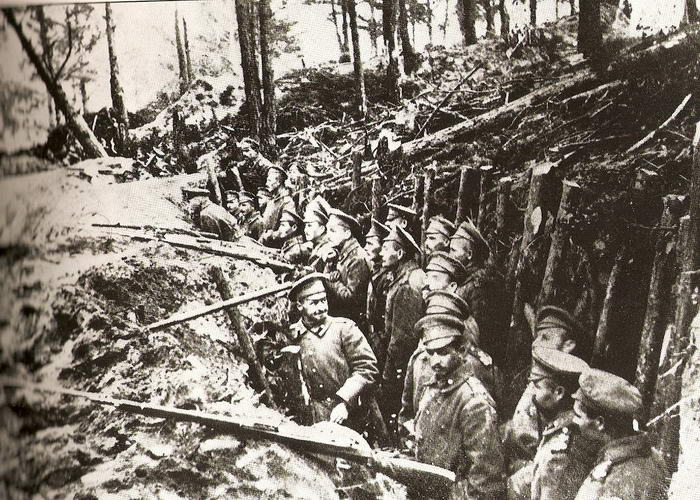
09 – It Turned Russia Communist
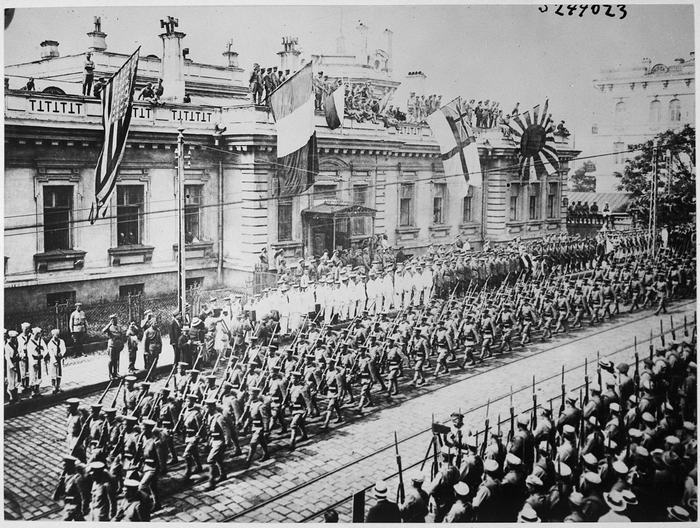
The Great War as it was known really trashed Russia’s economy and the state of the whole country. Not only that but it was an unpopular war that the average Russian did not want to be involved in and did not think they could win. All this led to widespread protests against Tsar Nicholas II which saw him have to abdicate from power. These protests swept Lenin and Communism into power in his place and saw Russia pull out of the war.
08 – The Three Main Players Were Ruled By Cousins
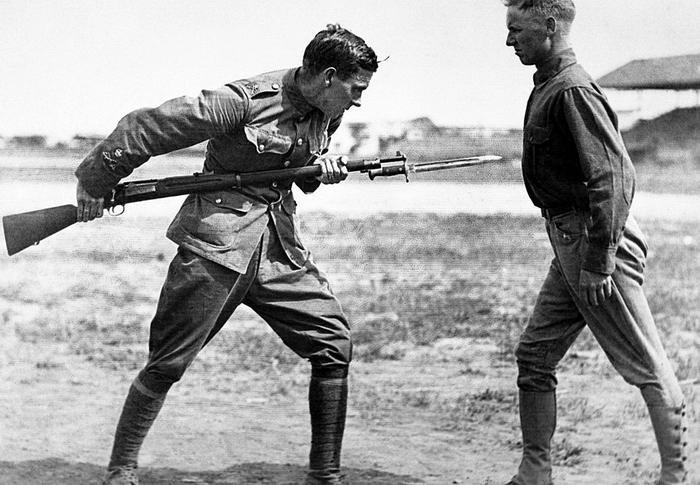
It seems that the three rulers were actually against going to war, knowing how bad it would be for all countries who took part. The problem was that, by the time it became a pressing issue, they were powerless to stop it. Greedy arms dealers and army generals had taken over public opinion and drove Europe to its fate. The various alliances all had also made it an impossibility that they could avoid war.
07 – It Affected German Origin Goods
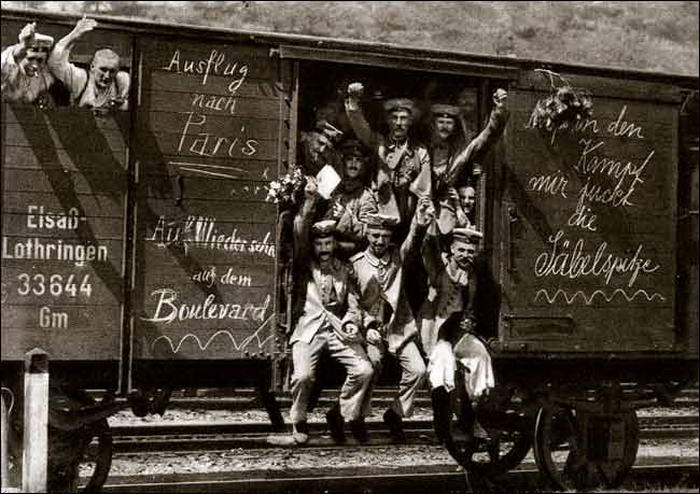
06 – It Led To The Collapse Of Some Ancient Empires
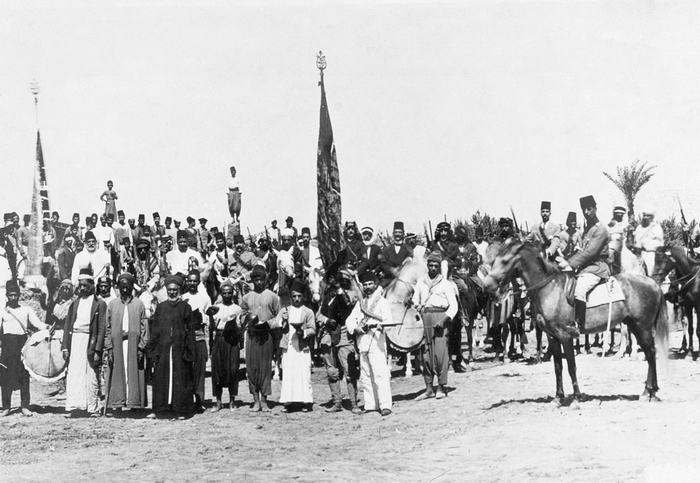
They had masses of land taken away from them in modern countries such as Albania, Algeria, Croatia, Greece, Hungary, Iraq, Romania and Turkey. This is only a small part of the list showing land that was taken from them to form modern countries! Russia saw Poland become independent from its empire where Germany saw Austria-Hungary split into Austria, Hungary, Czechoslovakia and Yugoslavia.
05 – Tanks Were Developed For WWI
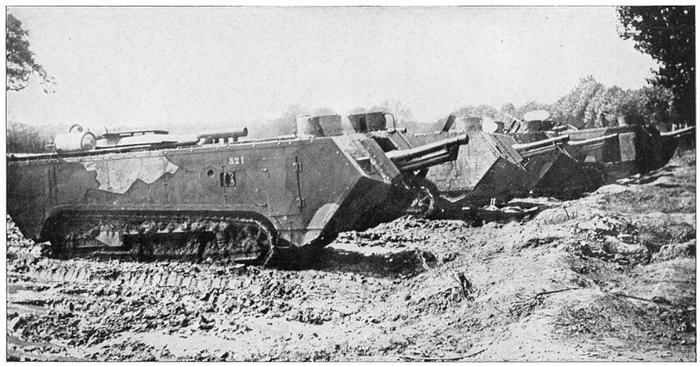
04 – Brutal Trench Warfare
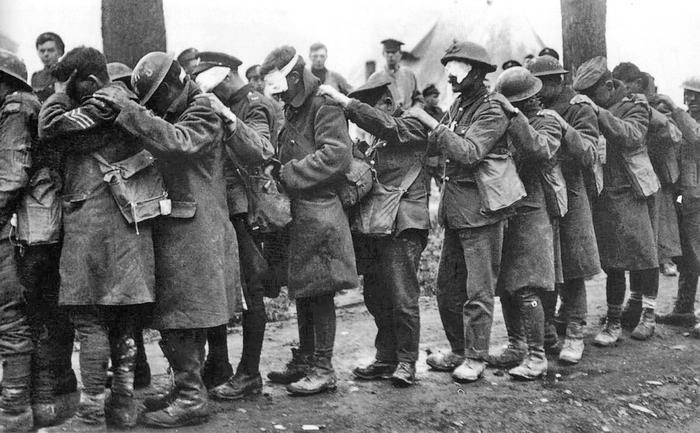
03 – No-one Called It WWI
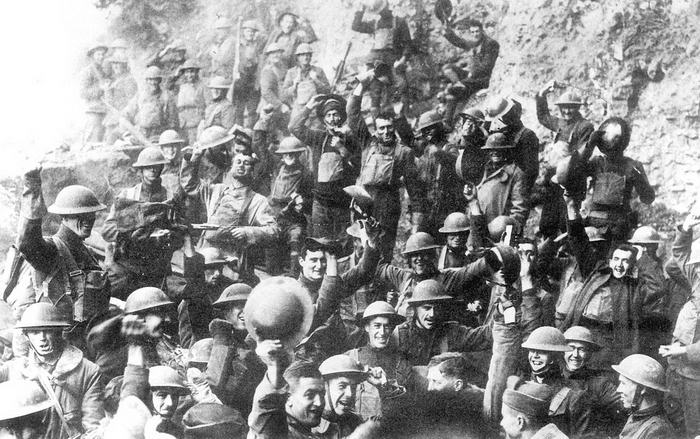
02 – It Left Everyone In The USA’s Debt
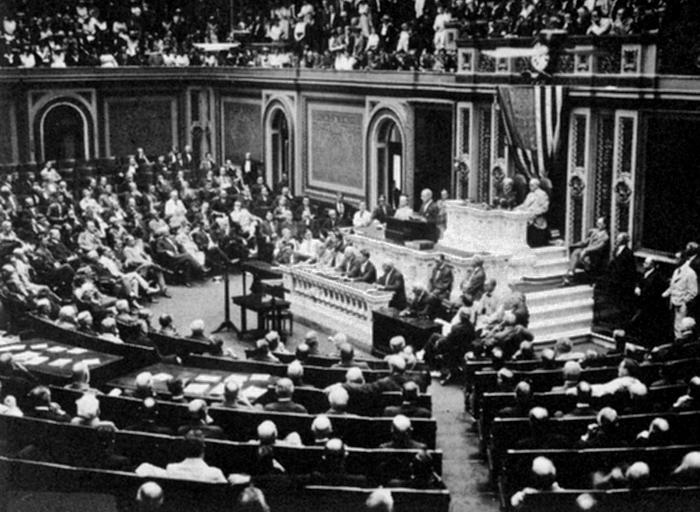
01 – It Caused WWII

Whoops is probably the word to use here! Instead it plunged Germany into an economic depression which set the scene for Hitler to rise to power. He taped into the average German’s resentment over their treatment at the end of WWI and they loved the way he fought against this injustice on their behalf.
When you look at the list of what WWI saw and also what it set up for the future, it is certainly one of the saddest periods in recent world history. While immediate lessons were not learnt, it has to be hoped that such terrible conflicts will never be seen again on our planet. For any world leaders who may be tempted to risk millions of innocent lives, they would be wise to look back in their history books first.
Unraveling the Brutality of WWI: A Deeper Look
World War I, often eclipsed by its more documented successor, was a crucible of unprecedented brutality. This conflict introduced the world to modern warfare, reshaping how battles were fought and experienced. The sheer scale of devastation was unlike anything seen before.
The introduction of advanced military technologies played a pivotal role in the war’s brutality. Soldiers faced not only bullets but also the terror of chemical warfare and the relentless shelling from artillery. The trench warfare, a defining feature of WWI, turned the battlefield into a gruesome stalemate. Miles of trenches zigzagged across Western Europe, encapsulating a new type of horror.
In these trenches, soldiers endured conditions that were harsh and inhumane. The constant threat of gas attacks, the rattle of machine guns, and the roar of incoming shells became the soundtrack of their daily lives. Here, the psychological impact was as deadly as the physical threats. The landscape, scarred by war, turned into what was infamously known as “No Man’s Land” – a zone of death, where fear transformed into terror.
Moreover, the human cost of WWI was staggering. The loss of millions of lives, both military and civilian, marked this war as one of the deadliest. The civilian suffering under occupation, the widespread hunger, and disease further highlighted the tragic scope of this conflict.
As we reflect on these aspects, it becomes clear that WWI was not just a series of battles but a profound transformation in the art of warfare. Its legacy of brutality offers a sobering reminder of the costs of war, urging us to remember and learn from the past. This deep dive into WWI’s brutal reality not only honors those who suffered but also serves as a cautionary tale for future generations.
Reflections on the Lessons of WWI
As we reach the end of our exploration of the 10 Most Brutal Facts About WWI, it’s essential to reflect on what these facts signify. The war, marked by its unprecedented brutality and massive loss of life, stands as a grim reminder of the horrors that humanity can inflict.
WWI was not just a historical event; it was a catalyst for change in global politics, warfare, and societal norms. The aftermath of the war reshaped nations and set the stage for future conflicts, including the catastrophic World War II. It’s crucial to understand these events, not just as chapters in history books, but as lessons that can guide our current and future decisions.
The legacy of WWI underscores the importance of diplomacy, understanding, and the pursuit of peace. As we remember the millions who suffered and perished, we are reminded of the dire consequences when diplomacy fails and war prevails.
In closing, WWI’s history is not just about the brutality of war; it’s about the resilience of the human spirit and the enduring hope for a peaceful future. May these lessons from the past continue to enlighten and guide us.


